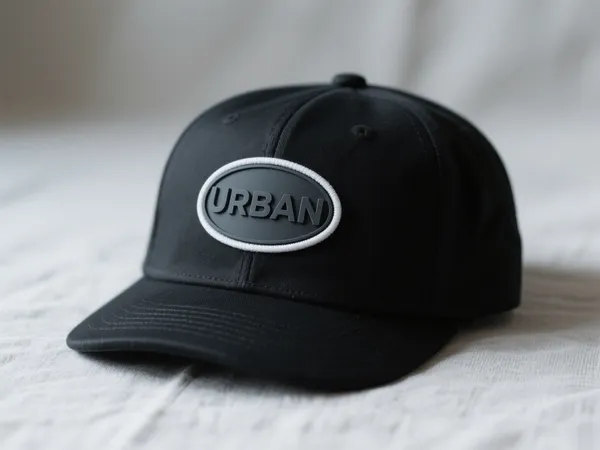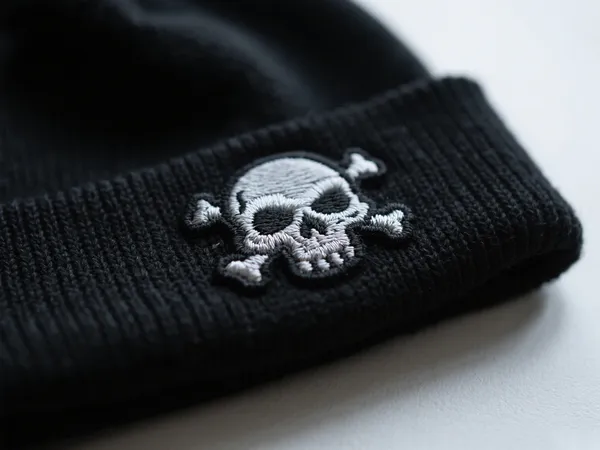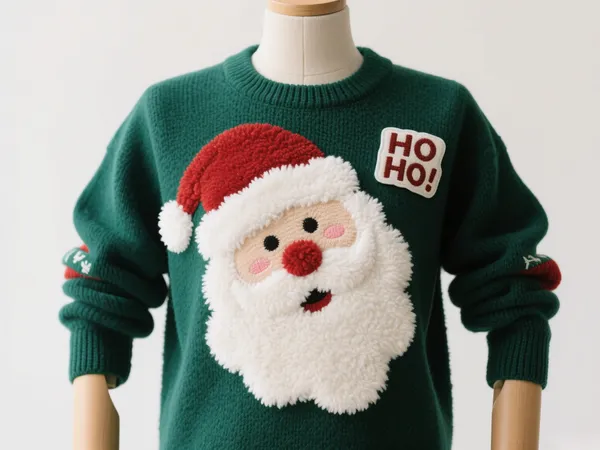Patchs d'insigne Depuis des décennies, les écussons sont un élément incontournable des uniformes, de la mode et de l'image de marque. Qu'ils soient utilisés pour l'identification, le style ou pour affirmer son style, ces écussons polyvalents sont plus que de simples pièces cousues : ils symbolisent l'identité, la réussite et l'expression de soi. Avec l'intérêt croissant pour la personnalisation et les ornements durables, les écussons s'invitent sur tous les vêtements, des uniformes militaires aux vestes en jean décontractées.
Dans ce guide, nous explorerons le rôle de badges brodés, le processus de conception de patch personnalisé, et comment vous pouvez utiliser des patchs pour ajouter de la valeur et de la personnalité à vos vêtements ou à votre organisation.
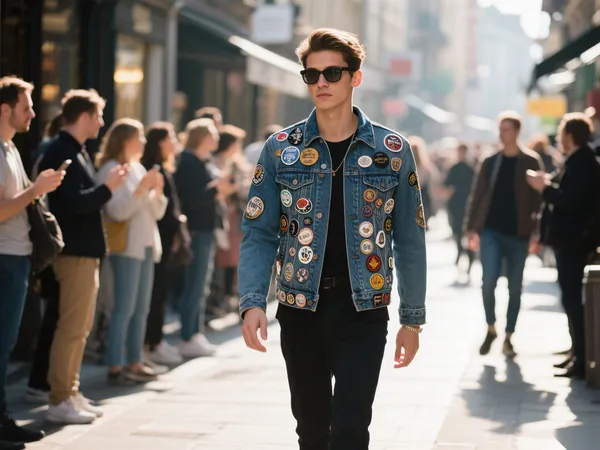
Qu'est-ce qu'un patch badge ?
UN écusson Il s'agit d'un type d'emblème décoratif ou fonctionnel, réalisé en tissu et en broderie, souvent utilisé pour exprimer une identité, un statut, une appartenance ou une réussite. Ces écussons sont généralement portés sur des vêtements comme des uniformes, des vestes, des chapeaux ou des sacs à dos. Ils existent en différentes formes, couleurs et tailles, selon le message ou le style souhaité.
Contrairement aux patchs décoratifs standard, les patchs badges sont souvent associés à un sentiment d'autorité, d'appartenance ou d'accomplissement, en particulier dans des contextes tels que :
- Uniformes militaires et policiers
- Vêtements de pompier et d'ambulancier
- Scouts et clubs
- Corporate workwear
- Équipes sportives et écoles
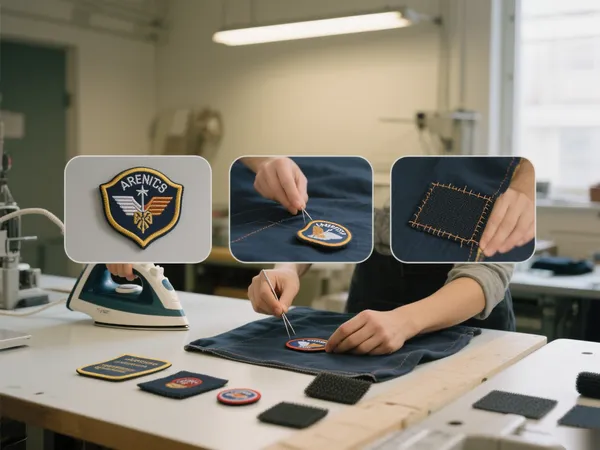
Types de patchs de badges
1. Écussons brodés
Il s'agit de la forme la plus traditionnelle d'écusson, créé en cousant des fils sur une base en tissu. Cette technique de broderie confère au patch une texture riche et une grande durabilité. Il est couramment utilisé pour les insignes officiels, les logos ou les badges de récompense.
2. Écussons tissés
Bien que leur fonction soit similaire à celle des patchs brodés, les badges tissés utilisent des fils plus fins et un tissage plus serré, ce qui permet d'obtenir des détails plus précis et un texte plus fluide. Ils sont parfaits pour les motifs complexes aux lignes fines ou aux petits textes.
3. Patchs en PVC et caoutchouc
Pour une utilisation en extérieur ou tactique, les patchs en PVC sont imperméables et incroyablement résistants. Ils offrent un aspect 3D audacieux et sont souvent utilisés sur les équipements militaires ou sportifs.
Pourquoi les patchs de badges restent pertinents
À l’ère de la fast fashion et de la production de masse, patchs de badge ont toujours autant de succès. Voici pourquoi ils continuent d'être largement utilisés et appréciés :
1. Durabilité
Contrairement aux logos imprimés ou aux sérigraphies qui peuvent s'estomper ou se décoller, un patch de haute qualité est durable et résistant à l'usure.
2. Personnalisation
À travers conception de patch personnalisé, les individus et les organisations peuvent exprimer leur identité, commémorer des événements ou promouvoir des causes.
3. Autorité visuelle
Sur les uniformes, les écussons confèrent une reconnaissance et une crédibilité immédiates. Ils permettent d'identifier clairement les rôles et les affiliations.
4. Style attrayant
Dans la mode, les patchs peuvent donner aux vêtements une allure brute, vintage ou rebelle. Pensez aux vestes en jean ornées de patchs façon badge : c'est un look intemporel.
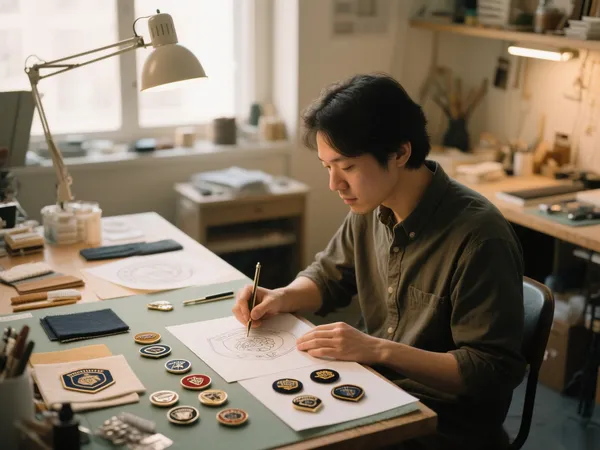
Comment créer un patch de badge personnalisé
Créez votre propre conception de patch personnalisé C'est plus facile que jamais grâce aux outils numériques et aux créateurs de patchs modernes. Voici comment démarrer :
Étape 1 : Choisissez un objectif
Définissez la fonction de votre badge : est-il destiné à une équipe, un club, une marque ou à un usage personnel ?
Étape 2 : Concevoir l'œuvre d'art
Vous pouvez esquisser votre idée ou utiliser un logiciel de conception numérique. Pensez à inclure :
- Texte (comme votre nom, votre grade ou votre organisation)
- Symboles ou mascottes
- Une palette de couleurs unique
- Bordures ou formes (rondes, bouclier, ovales, etc.)
Étape 3 : Sélectionner les matériaux et le support
Vous choisirez parmi des options telles que :
- Brodé ou tissé
- Support thermocollant, à coudre ou velcro
- Taille et forme
Étape 4 : Approuver un échantillon
Une fois que vous avez soumis votre conception, la plupart des fournisseurs de patchs fourniront un échantillon à examiner avant de produire en masse.
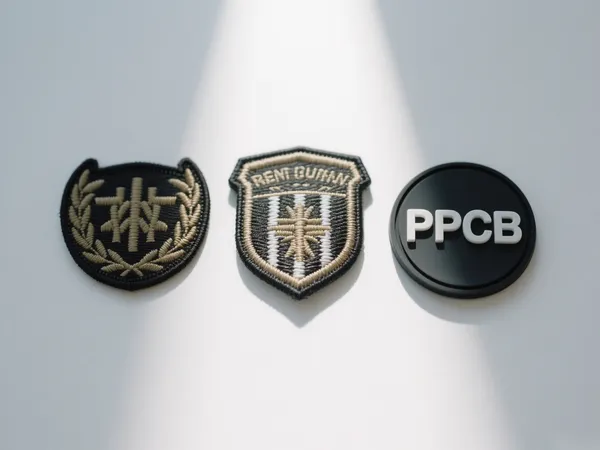
Où utiliser les patchs de badge
Les patchs badges sont incroyablement polyvalents. Voici quelques-unes de leurs utilisations les plus courantes :
- Uniformes – Les militaires, la police, les pompiers et les services de sécurité les utilisent à des fins d’identification et de classement.
- Écoles et scouts – Les patchs de réussite et de participation sont populaires dans les troupes de scouts et les organisations étudiantes.
- Mode et streetwear – Les vestes, les jeans et les sacs sont des supports de mode courants pour les écussons.
- Vêtements d'entreprise – Les entreprises utilisent des patchs de marque pour créer des vêtements d’équipe cohérents pour des événements ou des salons professionnels.
- Articles de loisirs et de collection – Les clubs d’airsoft, de paintball ou de moto portent souvent des patchs qui représentent leur équipe.
Conseils d'application pour votre badge
Selon le type de support, l'application de votre badge peut être simple :
Iron-On Patches:
- Placez le patch à l'endroit souhaité.
- Couvrir d’un tissu et appuyer avec un fer chaud pendant 20 à 30 secondes.
- Laisser refroidir et vérifier l'adhérence.
Patchs à coudre :
- Fixez le patch avec des épingles.
- Utilisez une aiguille et du fil ou une machine à coudre pour coudre le long du bord.
Patchs Velcro :
- Attachez le côté boucle à vos vêtements.
- Fixez le patch avec le côté crochet chaque fois que nécessaire.
Réflexions finales
Que vous souhaitiez personnaliser un uniforme, ajouter du style à votre tenue ou marquer une étape importante, le écusson Offre une solution pratique et élégante. Avec d'innombrables options de personnalisation et un large attrait pour tous les secteurs et toutes les tranches d'âge, les badges restent l'un des moyens les plus efficaces d'afficher votre identité sur votre manche, littéralement.
Prenez le temps de créer un conception de patch personnalisé qui parle de votre mission, de votre équipe ou de votre style personnel, et vous constaterez qu'un petit morceau de tissu cousu peut avoir un grand impact.

